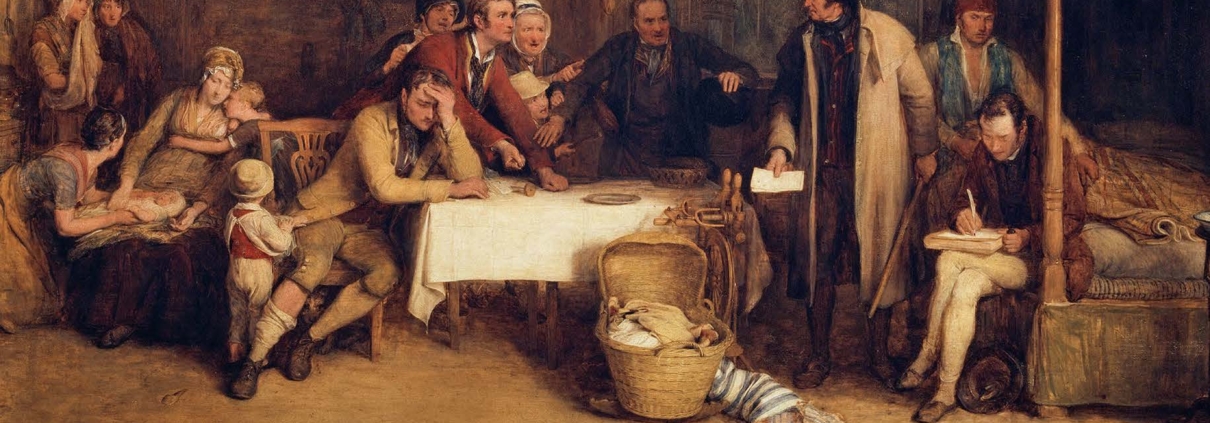The Poverty of Disaster: Debt and Insecurity in Eighteenth-Century Britain
Eighteenth-century Britain is often understood as a time of commercial success, economic growth, and improving living standards. Yet during this period, tens of thousands of men and women were imprisoned for failing to pay their debts. The Poverty of Disaster tells their stories, focusing on the experiences of the middle classes who enjoyed opportunities for success on one hand, but who also faced the prospect of downward social mobility. Tawny Paul examines the role that debt insecurity played within society and the fragility of the credit relations that underpinned commercial activity, livelihood, and social status. She demonstrates how, for the middle classes, insecurity took economic, social, and embodied forms. It shaped the work that people did, their social status, their sense of self, their bodily autonomy, and their relationships with others. In an era of growing debt and the squeeze of the middle class, The Poverty of Disaster offers a new history of capitalism and takes a long view of the financial insecurities that plague our own uncertain times.
Direct from the publisher: Purchase Link
Enter code TPAUL2019 for 20% discount.



